-

Advantages of using ceramic as a substrate material for circuit boards
In this blog we will look in detail at the advantages of using ceramics as circuit board substrate material. Ceramics have become a popular circuit board substrate material in recent years, offering several significant advantages over traditional materials such as FR4 and other organic substrate...Read more -

Molding Ceramic Circuit Board Substrates:The most commonly used methods
In this blog post, we’ll look at the most common methods used to shape ceramic circuit board substrates. The molding of ceramic circuit board substrates is an important process in the manufacturing of electronic equipment. Ceramic substrates have excellent thermal stability, high mechanical stren...Read more -

Control thickness during ceramic circuit board substrate production process
In this blog post, we will discuss various methods for controlling the thickness of these substrates during production. Ceramic circuit board substrates play a vital role in the manufacturing of electronic devices. These substrates provide a stable foundation for electronic components and help di...Read more -

The different types of ceramic circuit board designs
In this blog post, we will explore the different types of ceramic circuit board designs and their unique features. Ceramic circuit boards are becoming increasingly popular due to their many advantages over traditional circuit board materials such as FR4 or polyimide. Ceramic circuit boards are be...Read more -

The steps ceramic circuit board manufacturing process
But have you ever wondered how these ceramic circuit boards are made? What steps are involved in their manufacturing process? In this blog post, we’ll take a deep dive into the complex world of ceramic circuit board manufacturing, exploring every step involved in its creation. The world of electr...Read more -
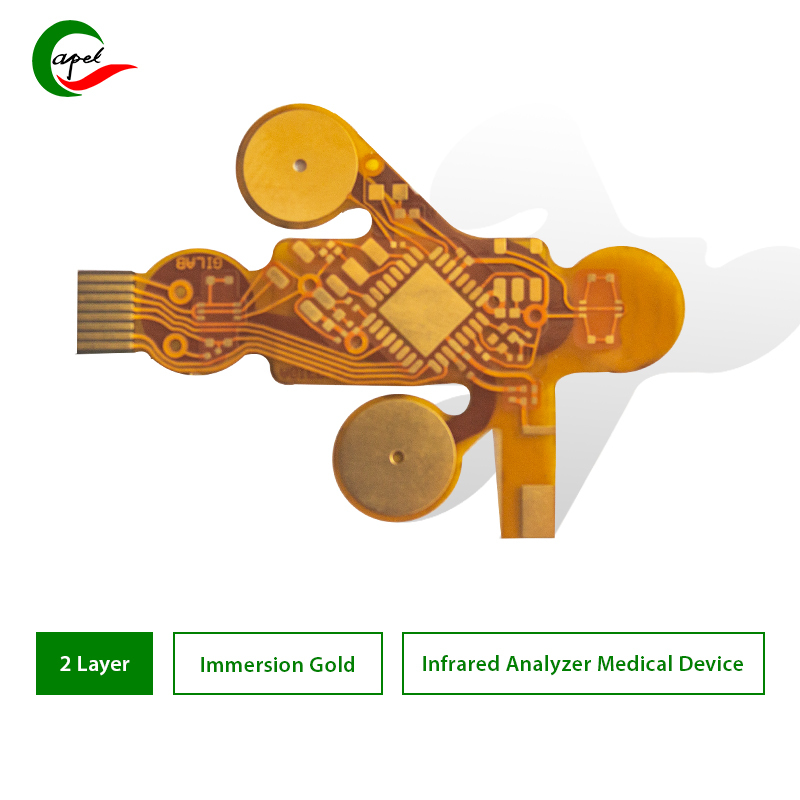
Testing and quality control of flexible circuit boards
Testing and quality control processes play an important role in identifying and correcting any potential issues before these flexible circuits are integrated into the final product. In this blog post, we will discuss some effective methods for testing and quality control of flexible circuit board...Read more -
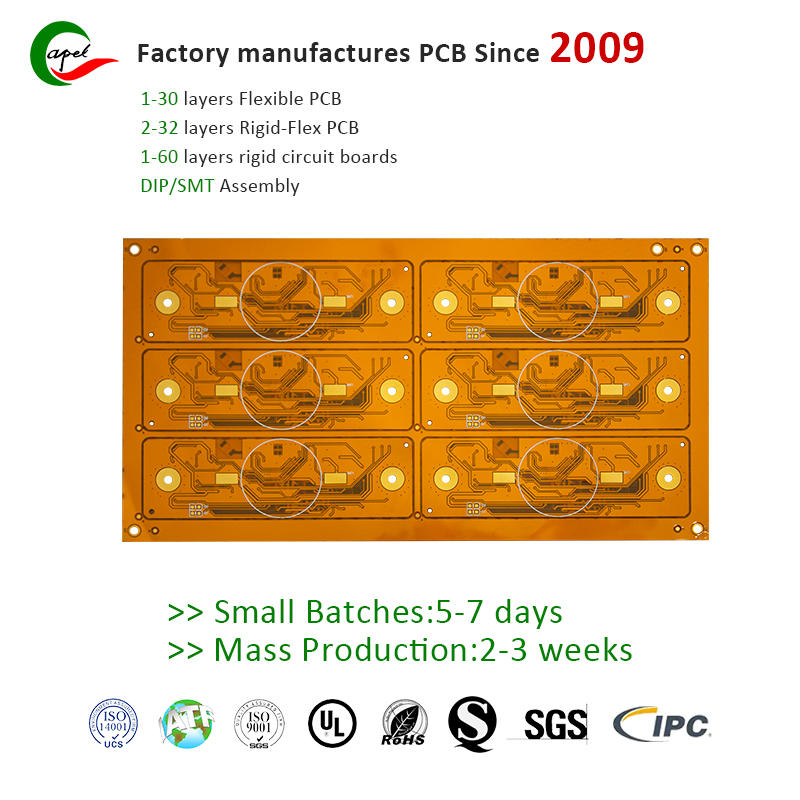
Impedance control methods in flexible PCBs
In this blog post, we will delve into the world of flexible PCBs and explore the different techniques used to ensure optimal impedance control. introduce: Impedance control is a critical aspect of designing and manufacturing flexible printed circuit boards (Flex PCBs). As these boards become incr...Read more -
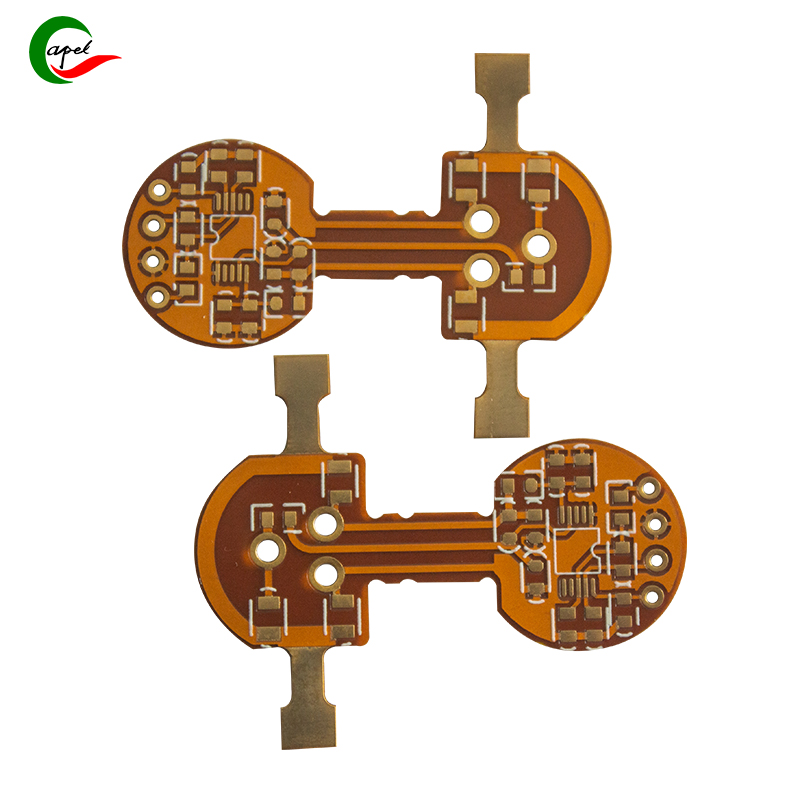
What are the electrical characteristics of flexible circuit boards?
In this blog post, we’ll take a deeper look at the electrical characteristics of flexible circuit boards, exploring how they differ from rigid boards and why they are preferred in certain applications. Flexible circuit boards, also known as flexible PCBs or FPCs, are becoming increasingly popular...Read more -
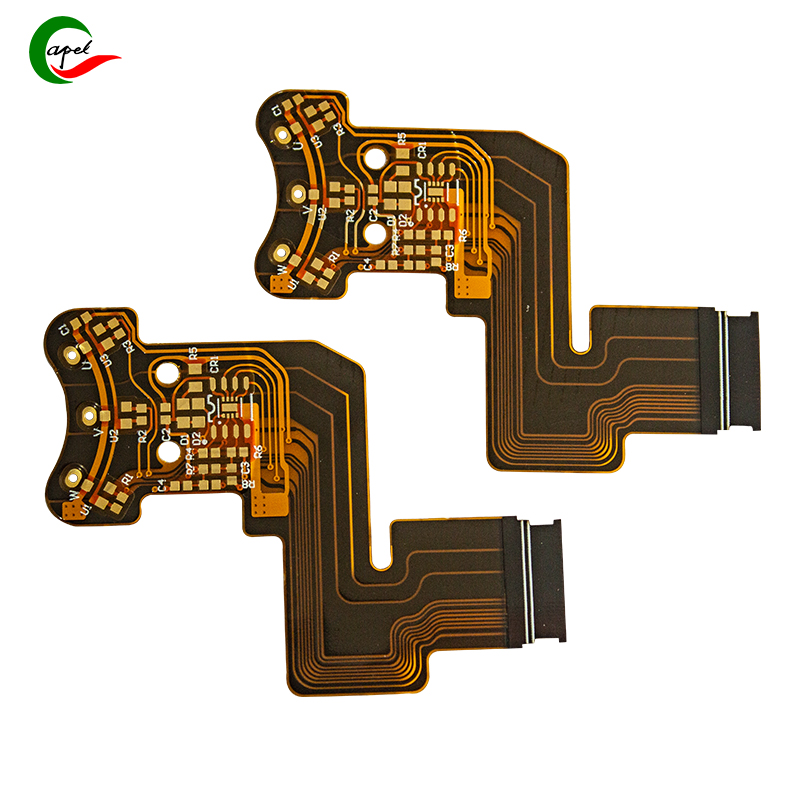
Wiring and component mounting of flexible printed circuit boards (FPCB)
In this blog post, we will explore the key aspects of FPCB design and provide valuable insights into how to effectively design routing and component mounting. Flexible printed circuit boards (FPCB) have revolutionized the electronics industry with their unparalleled flexibility and versatility. T...Read more -
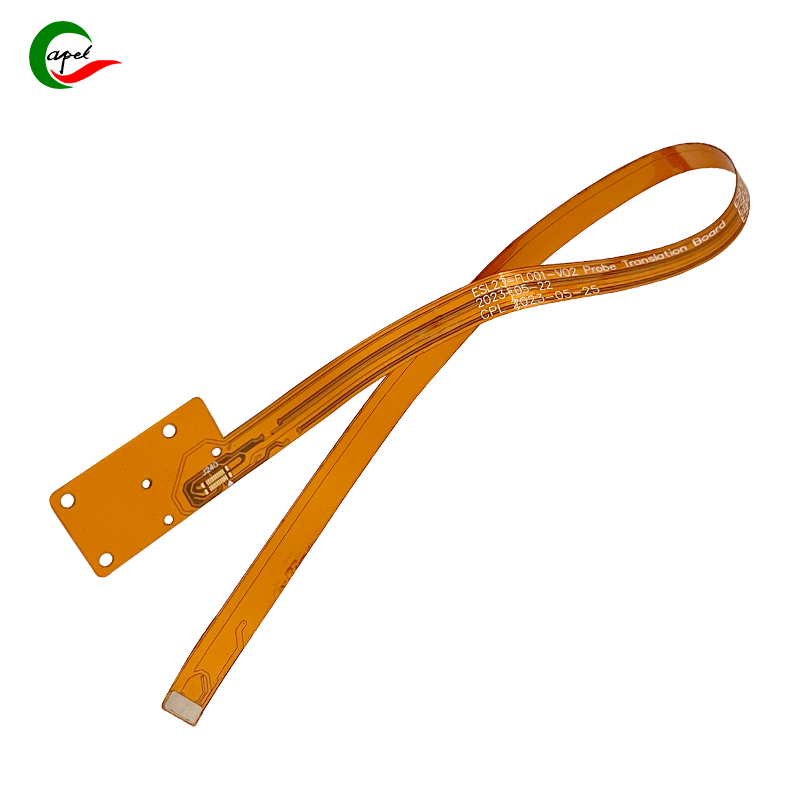
The processing properties of flexible circuit boards affect their performance and applications
In this blog post, we’ll dive into the importance of flexible circuit board processability and explore how it affects its performance and applications. Flexible circuit boards, also known as flexible PCBs, have revolutionized the field of electronics with their unique properties and huge potentia...Read more -
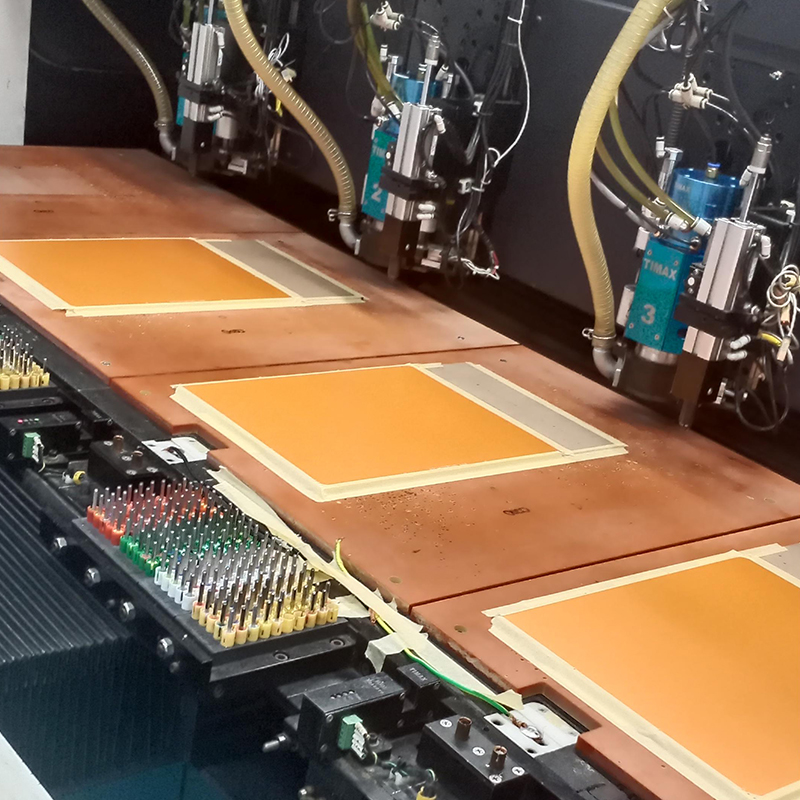
Obstacles may be encountered during flexible circuit board production
Flexible circuit boards, also known as flexible circuits or flexible printed circuit boards (PCBs), are important components in many electronic devices. Unlike rigid circuits, flexible circuits can bend, twist and fold, making them ideal for applications requiring complex designs or space constra...Read more -
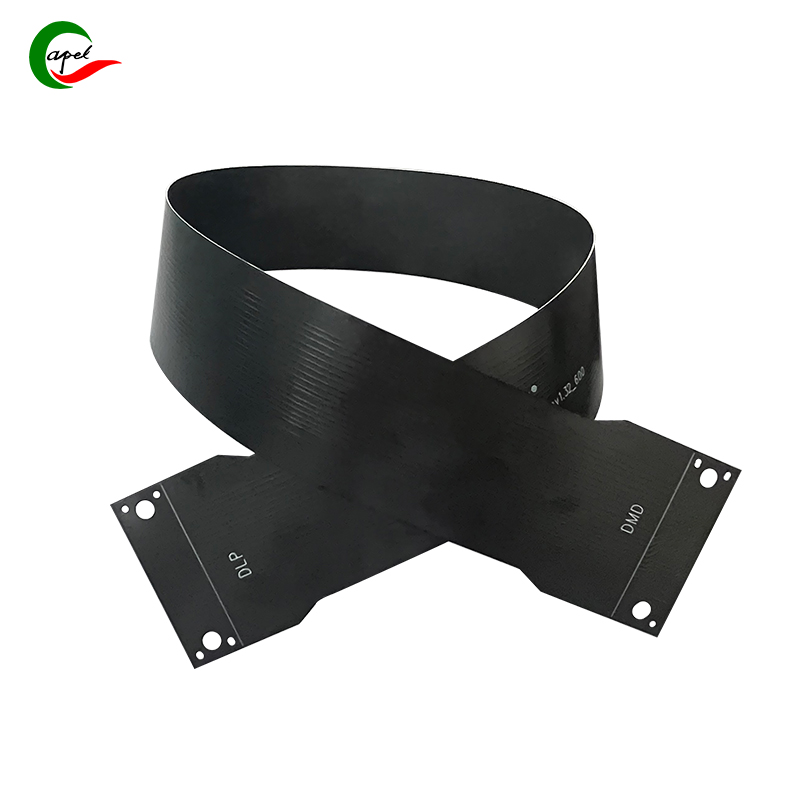
The thickness of a flexible circuit board affect performance
In this blog post, we’ll explore how the thickness of a flex circuit affects its overall performance. Flexible circuit boards, also known as flex circuits, have revolutionized the electronics industry with their ability to bend, fold and conform to complex shapes. These boards are used in a wide...Read more






